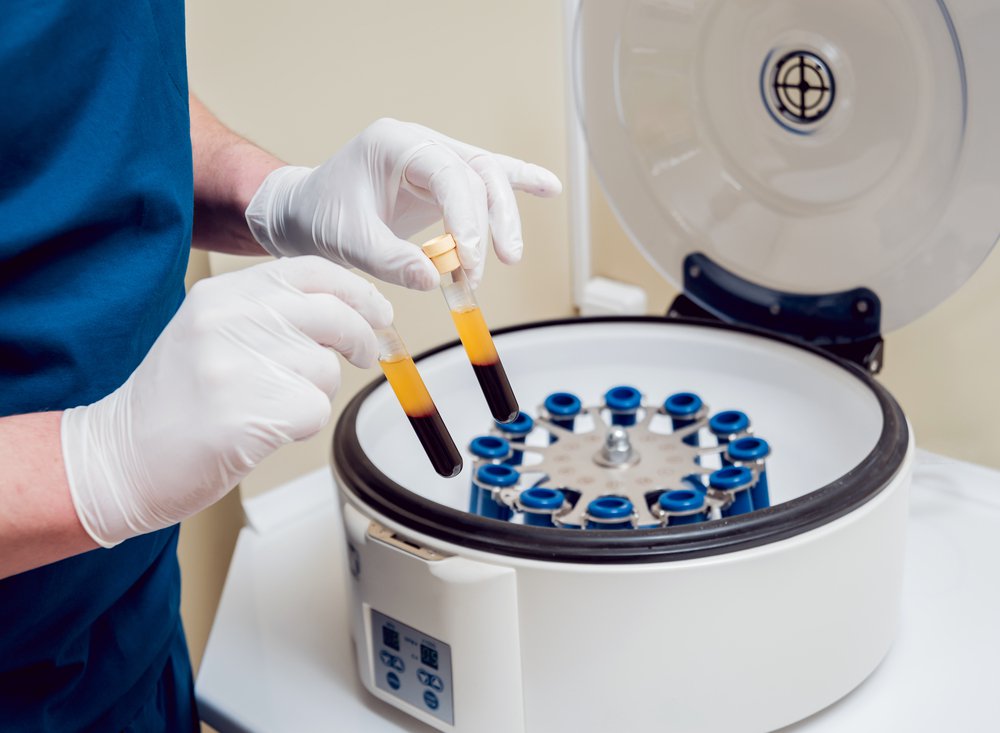
Every athlete knows that, unfortunately, injuries are a part of the game. They also know that traditional, at-home methods of treatment, like the RICE method (rest, ice, compression, elevation), often don't promote healing fast enough to get them back in the game.
Between home remedies and traditional surgery, more and more athletes are turning to cutting-edge sports medicine treatments like stem cell therapy, bone marrow aspirate concentrate (BMAC) therapy, and other regenerative medicine treatments to heal their injuries quicker.
Another cutting-edge therapy is platelet-rich plasma (PRP), which utilizes a concentration of platelets and plasma that are derived from the patient's own blood.
In this blog post, we'll help you better understand orthobiologic therapy and PRP injections, including what platelets do, how they produce growth factors, and how this treatment promotes recovery from injuries faster than using traditional methods like surgery or physical therapy alone!
What Is Platelet-Rich Plasma (PRP)?
In order to best understand regenerative medicine like PRP, it's important to know what platelets are and what role they play in the healing process. Platelets are small cells that circulate in your blood and are responsible for stopping any bleeding, an action also known as clotting.
When a person becomes injured, platelets rush to the area to join together and form a clot. They do this by using long, tentacle-like structures to grab onto each other and gather more and more platelets until a clot is formed. During this process, they also send out chemical signals to white blood cells, which then begin to repair cells that were damaged by the wound, all while fighting off any potential infection.
In addition, the platelets begin to produce growth factors. Growth factors are proteins that trigger cell division and stimulate healing in injured muscle cells, cartilage cells, and any other damaged connective tissue cells.
For instance, if an athlete experiences a massive rotator cuff tear, platelets will immediately jump into action and be the healing process by stopping the bleeding, calling out to white blood cells, and producing growth factors to heal any damaged muscle or connective tissue. Plus, if any cartilage breakdown occurred as a result of the injury, platelets can work to heal this issue, as well.
Given how important platelets are to our natural healing process, imagine how much faster the human body could heal with more platelets available! That's where PRP injections come into play.
How Do PRP Injections Work?
The first step of PRP treatment is to create platelet-rich plasma from the patient's own blood. During the first appointment, blood is drawn from the arm and separated into parts with the help of a centrifuge machine. A centrifuge works by spinning a sample rapidly and using gravitational forces (or g-forces) to separate substances of different densities. In the case of a blood sample, this process separates platelets, their growth factors, and white blood cells from red blood cells.
Once this process is finished, the concentrated platelets are precisely injected into the site of the patient's injury. This gives the body more of the tools it uses naturally to promote healing and stimulate tissue repair, ultimately speeding the healing process along.
Plus, because the solution is made from the patient's own natural substances, adverse effects and other complications are rare, making this an excellent, safe, and effective biologic therapy to help the body heal.
What Injuries Can PRP Treat?
Naturally-derived PRP cell therapy has many clinical applications, from healing sports injuries to promoting hair growth. At Rytel Sports Medicine, we primarily use this form of regenerative medicine to heal orthopedic tissue injuries like tendons, ligaments, and muscles. By using your body's natural healing factors in this way, PRP treatment can even potentially help you avoid surgery.
In fact, multiple research studies suggest that PRP has been successful in treating a wide variety of injuries, including but not limited to tendonitis, ligament sprains, muscle strains, rotator cuff injuries, and even cartilage degeneration.
Because of the way PRP accelerates the healing process, it can also be a useful tool in pain management. This therapy can be an excellent substitute or addition to using pain medication dealing the healing process for injured muscles, torn tissue, or bone defects.
How Can I Get Started With PRP Injections?
The first step is to schedule a consultation with Dr. Rytel at Rytel Sports Medicine. Dr. Rytel is fellowship trained, board certified in orthopedic surgery, and specializes in helping athletes return to their sport after sustaining an injury. He also uses orthobiologic techniques to help his patients recover quickly by utilizing their body's own natural healing abilities, eliminating the need for excessive pain medication, physical therapy, and sometimes even surgery.
During your first appointment, you'll discuss your medical history, current injuries, and treatment goals. If Dr. Rytel thinks platelet-rich plasma (PRP), bone marrow aspirate concentrate (BMAC), or other regenerative medicine solutions may be right for you, he'll work with you to develop a personalized treatment plan and answer any questions you may have.
Talk to Dr. Rytel About Less Invasive Injections
If you're living in the Pittsburgh area and are looking for a safe, effective, and minimally-invasive way to heal your injuries and speed up your recovery time, platelet-rich plasma injections may be right for you. To learn more about PRP and other cutting-edge therapies, schedule an appointment with Rytel Sports Medicine today!

